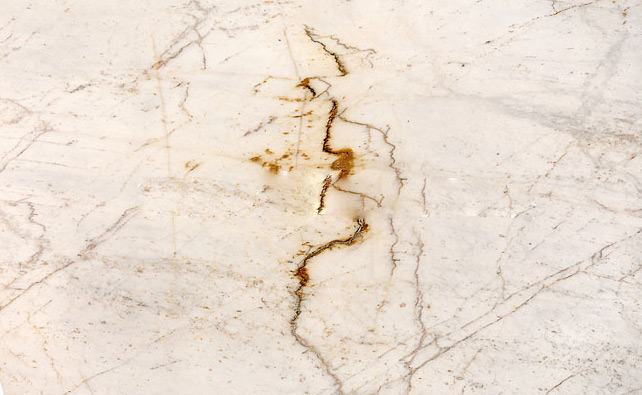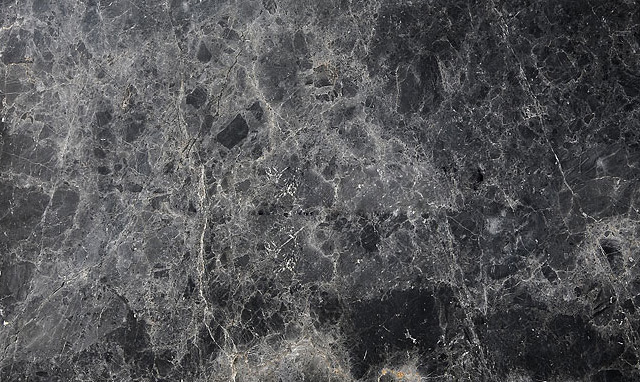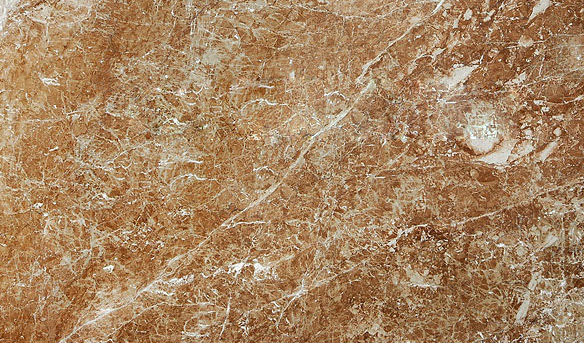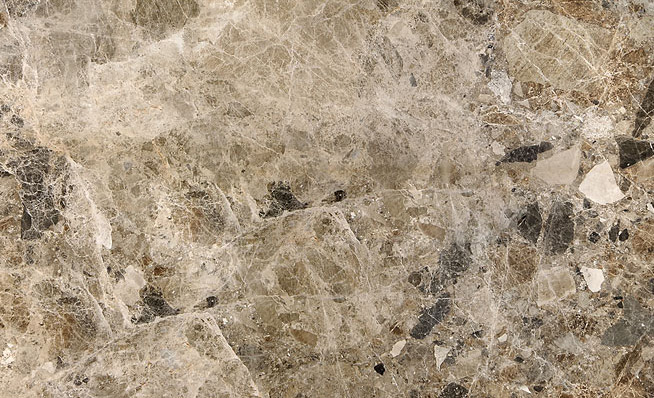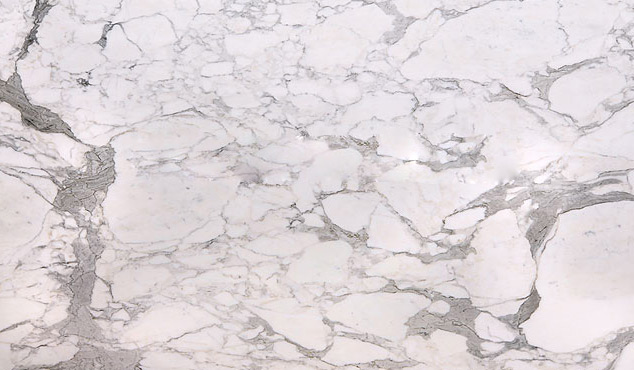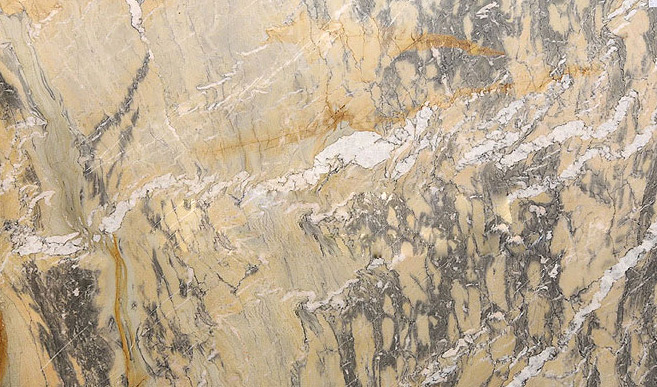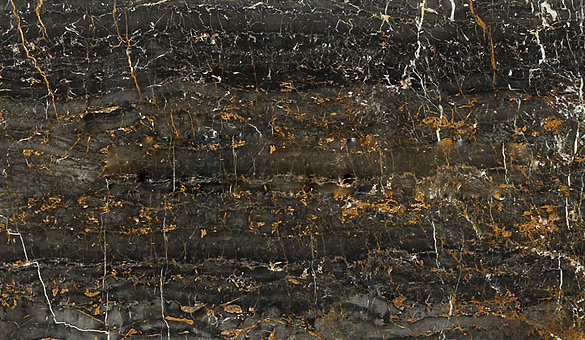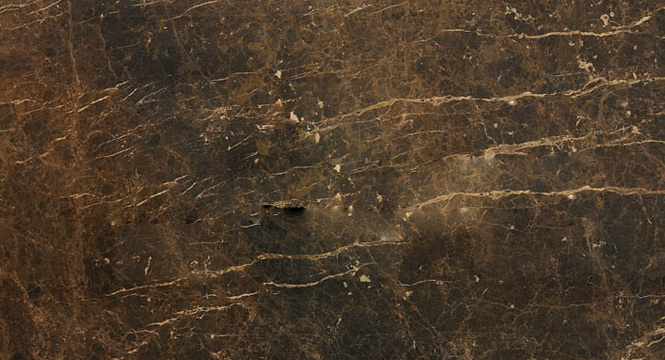Marble is natural stone that inspires people with its unique look and feel. It has been used for centuries in palaces, temples and sculptures and gives the appearance of extravagance and wealth.
Marble is a natural stone that has captivated and inspired people for centuries with its unique beauty and tactile allure. Its formation, which occurs through the metamorphosis of limestone under high pressure and temperature, results in a material that is not only aesthetically pleasing but also incredibly durable. Marble’s distinct veining and array of colors make each slab a one-of-a-kind piece of art, showcasing nature’s artistry in every vein and hue.
Historically, marble has been a symbol of grandeur and sophistication. In ancient civilizations, it was prominently featured in the construction of palaces, temples, and monuments. The ancient Greeks and Romans, renowned for their architectural achievements, utilized marble extensively in their sculptures and buildings. The Parthenon in Athens and the Roman Pantheon are iconic examples where marble played a central role in their design, contributing to their lasting impact and historical significance.
The timeless appeal of marble extends beyond historical architecture and into modern design. Today, marble continues to be a preferred choice for luxury interiors, offering a classic and elegant touch to spaces. Whether used in countertops, flooring, or as a feature in decorative elements, marble provides a sense of opulence and refinement. Its versatility allows it to complement a variety of design styles, from traditional to contemporary.
In addition to its aesthetic qualities, marble is highly valued for its durability and longevity. Properly maintained, it can last for generations, making it a worthwhile investment for those seeking to enhance their living spaces with a touch of sophistication. Marble’s enduring beauty and historical significance ensure its place as a cherished material in both classical and modern architecture.


